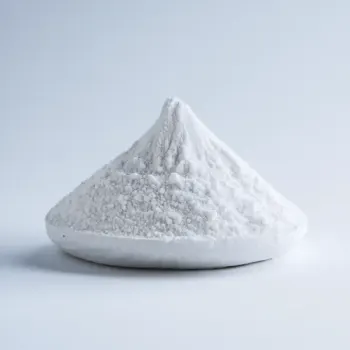


Pure
Potassium bicarbonate is most commonly found in its pure, powdered form, used as a leavening agent in baking and as a pH buffer in winemaking.
Supplement Tablets
Available as a dietary supplement in tablet form, often used to help maintain electrolyte balance and for potential health benefits.




supplement tablets: NOW Foods
pure potassium bicarbonate: Bob's Red Mill

Leavening Agent: Incorporate potassium bicarbonate into dry ingredients before mixing with wet ingredients to ensure it is well-distributed for an even rise in baked goods.
Neutralizing Acids: It can be used to neutralize acidic ingredients in recipes, which is beneficial for maintaining the color and flavor of fruits and vegetables during cooking.
Substituting for Baking Soda: Potassium bicarbonate can be used as a 1:1 substitute for baking soda. When using it, you may want to reduce or eliminate any additional salt in the recipe to maintain the flavor balance.



